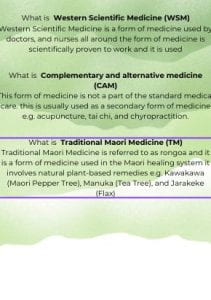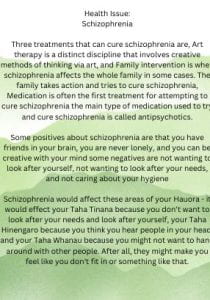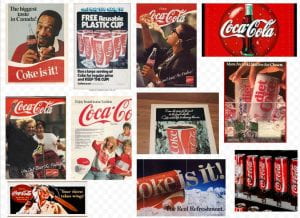Explain the links between the legend of rahi and the game of ki o rahi.
The game of Ki-o-Rahi is directly inspired by the Māori legend of Rahi-tutaka-hina, which tells of Rahi’s journey to rescue his wife, Ti Ara. The game’s circular field represents the different stages of his journey, with zones like Te Ao (the world) and Pawero (the defensive area) symbolizing key events. The ball, ki, represents Rahi himself, and players reenact aspects of his adventure through speed, agility, and teamwork. This deep connection between legend and sport keeps Māori traditions alive while promoting cultural identity and storytelling through play.
What values are expressed in the game?
Ki o Rahi likely refers to the concept of Ki (life energy) in a state of freedom or without limitation. It could suggest an unrestrained flow of energy or spiritual freedom, depending on the context. The term isn’t widely recognized in mainstream practices but may be used in specific philosophies or teachings to convey a path of energy or the absence of rigid structure.
Take one value from the game and explain how it is linked to the origin story.
One key value in Ki-o-Rahi is whanaungatanga (relationship and teamwork). This reflects the origin story, as Rahi relied on the support of others—his allies, the environment, and even spiritual guardians—to overcome challenges and find Ti Ara. Just as Rahi couldn’t succeed alone, players in Ki-o-Rahi must work together, communicate, and trust each other to win the game. This value reinforces the importance of unity, just as in the legend where connections and cooperation helped Rahi on his journey.









